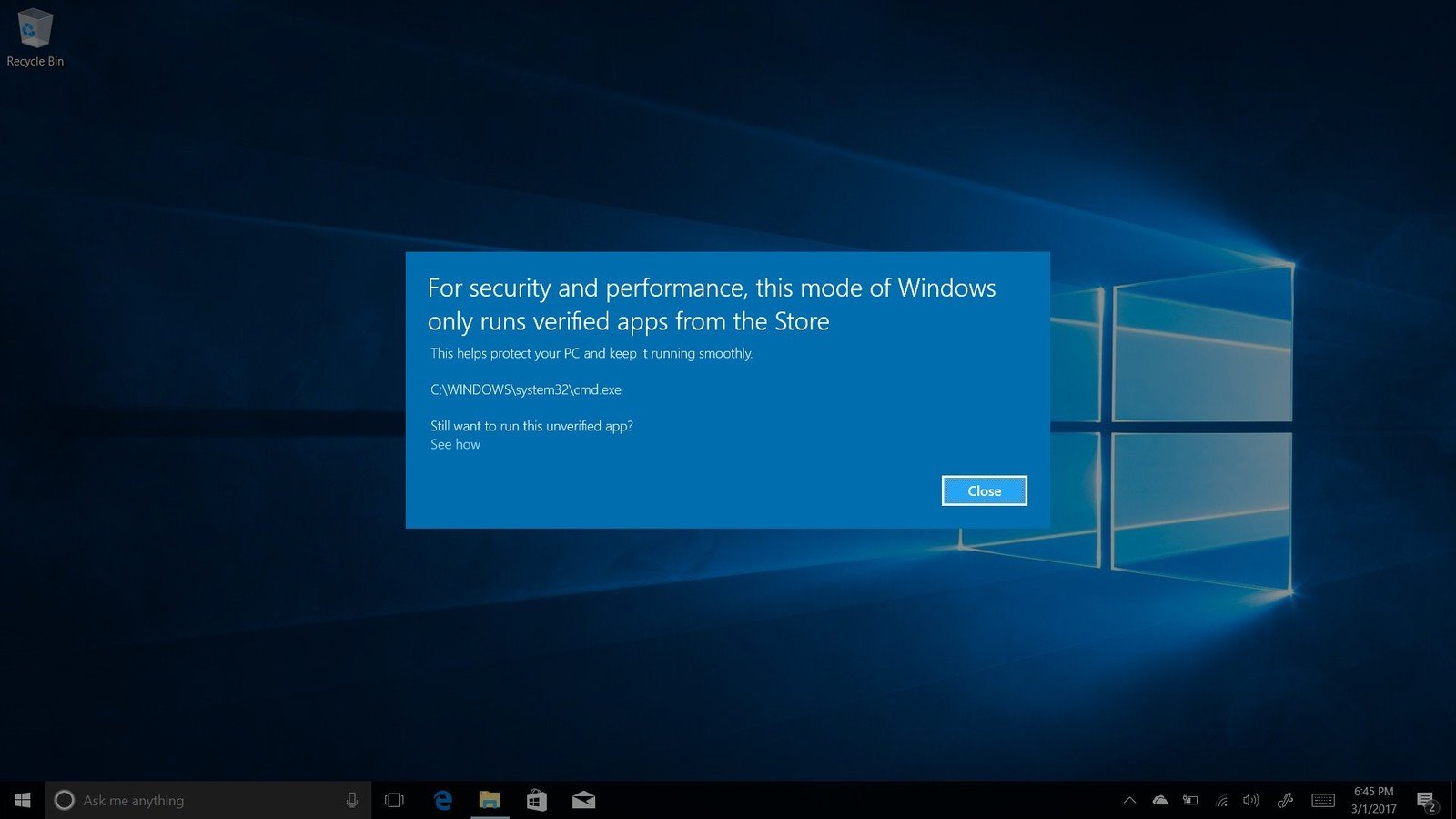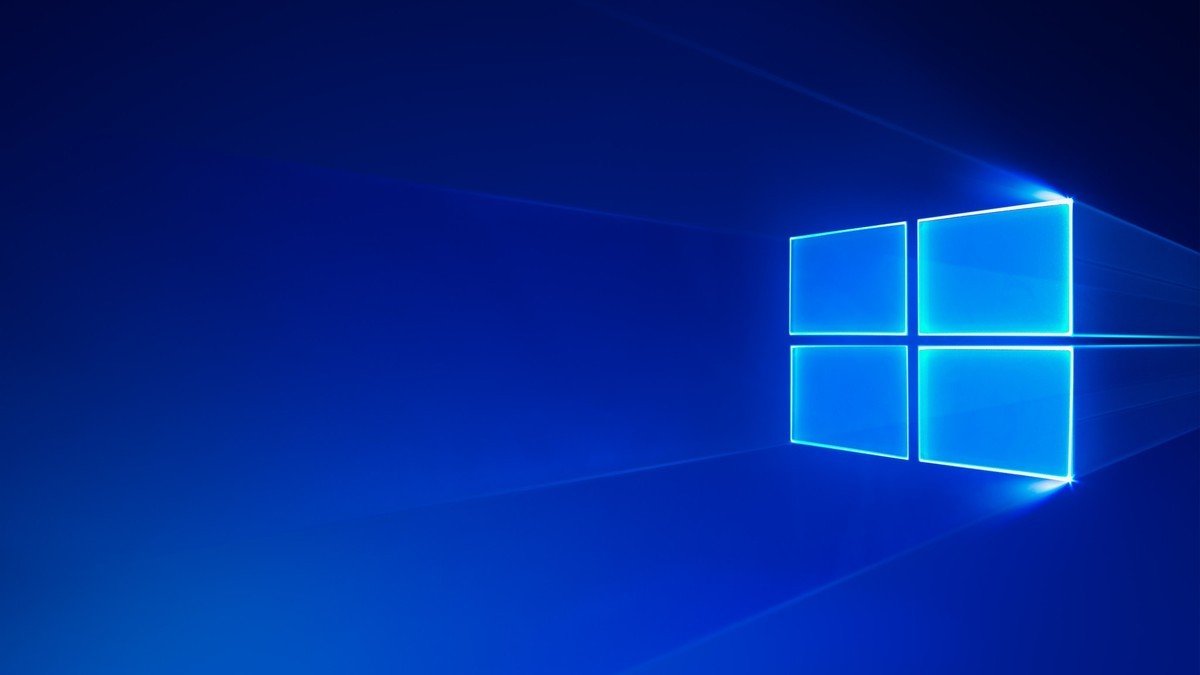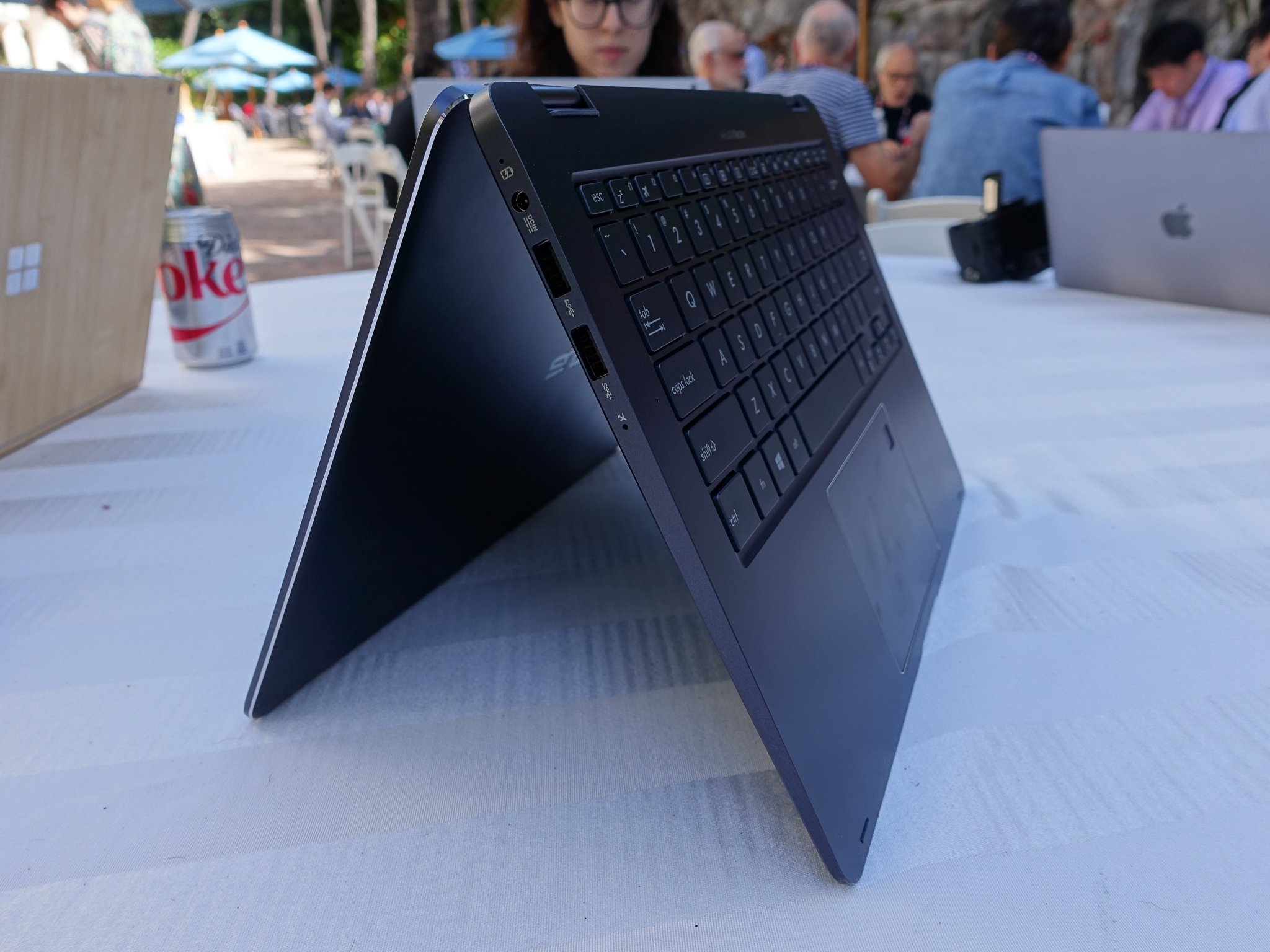Who are Windows 10 on ARM-powered devices for?
Windows 10 on ARM devices are here, but with lacking performance in x86 apps, I've started to wonder who these devices are really for.

ARM-powered devices running Windows 10 are now slowly beginning to ship. You can already buy the HP Enxy x2 powered by ARM, with more from the likes of Lenovo and ASUS on the way shortly. Because of this, we've already seen some early reviews talking about these new devices, and it's got a few people asking "who are these devices for?"
Windows 10 on ARM is a pretty big deal. It's full, unaltered Windows 10, running on a CPU basically designed for phones. The first generation Windows 10 on ARM PCs are shipping with a Snapdragon 835, and are more than capable of running full Windows 10 compiled for ARM. Reviews so far have been pretty positive when it comes to performance and battery life when using apps that are compiled natively for ARM, but things start to fall down a bit when it comes to emulation.

Microsoft has focused a lot on building x86 emulation into Windows 10 on ARM, meaning if an app you want to run isn't compiled for the ARM architecture, it should still run thanks to the emulation layer included in Windows 10 on ARM. This makes most x86 apps work, but there's a catch, and that catch is performance.
x86 apps running on ARM appear to suffer from less-than-ideal performance, and that's not great. Apps like Chrome, for example, perform worse than Microsoft Edge on ARM based devices. Slack takes forever to load, and Photoshop is definitely not something you're going to want to be working in all the time.
I've heard the experience of Windows 10 on ARM be described as this: Native performance like an Intel Core i3, emulated performance like an Intel ATOM. With that in mind, who is Windows 10 on ARM for?
Consumption over production

If you're someone who doesn't like Microsoft Edge and finds themselves using apps from third parties more than Microsoft, then the Windows 10 on ARM experience for you is going to be a lot worse than it would be for someone like me, who uses very little third party programs, and prefers to stick with Microsoft defaults.
The tradeoff there is excellent battery life on ARM if you're using native compiled code. These Windows 10 on ARM PCs are lasting days on a single charge, which is unprecedented for a Windows 10 laptop or tablet running Intel CPUs. That, plus the always-on, always connected mantra, mean these PCs behave more like tablets.
Get the Windows Central Newsletter
All the latest news, reviews, and guides for Windows and Xbox diehards.
From what it looks like, Windows 10 on ARM is for people who don't do all that heavy computing. If you use your PC for web browsing, email checking, music listening, and procrastinating, then Windows 10on ARM should more or less be great for you, as long as you keep the x86 apps to a minimum.
I think the emulation layer should be treated more as a failsafe for when an app you need isn't available natively or in the Microsoft Store. That way, the user can still get access to the app they need on ARM, even if that means somewhat sacrificed performance. Not every emulated apps performs terribly, but you will notice a performance drop of some sort with every emulated app you use.

The biggest offender in this case will be Chrome. Most people use Chrome, and on Windows 10 on ARM, it performs significantly worse than it does on a natively compiled platform. Google could compile an ARM version of Chrome for Windows, but it hasn't done so yet meaning Microsoft Edge is your only good browser on Windows 10 on ARM.
If you value excellent battery life, and use mostly stock Microsoft apps, including Microsoft Edge, Windows Mail, and Microsoft Office on your Windows 10 PC, then Windows 10 on ARM should be a great choice for you. You've got the x86 emulation there in case you need it, but you shouldn't really buy a Windows 10 on ARM PC expecting to use it exclusively with emulated apps, because that experience is just going to be poor.
The x86 emulation on ARM should not be discouraged, however. It's no small feat that these apps can even run on ARM, so it's not surprising to see that these apps don't perform great when emulated. This emulation can, and likely will, improve over time as well, and with Snapdragon releasing more powerful ARM chips every year, performance should increase on that front too.

